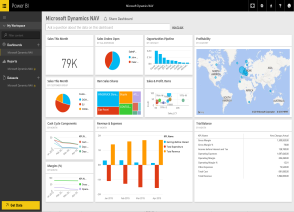
Curious Why Businesses Are Upgrading from Dynamics GP to Business Central? Here’s Why!
Discover the key reasons businesses are making the switch from Dynamics GP to Business Central and how it can transform their operations.

#FocusOnBestPractices

Let’s look at some technology and understand before investing in a functionality upgrade to Microsoft Dynamics NAV.


Contact Korcomptenz, your Microsoft Dynamics NAV partner to fulfill your organizational goals effectively using the most efficient dashboards.

Discover the key reasons businesses are making the switch from Dynamics GP to Business Central and how it can transform their operations.

Explore 6 powerful ways Dynamics 365 Business Central revolutionizes supply chain management for greater efficiency and control.

Microsoft Power BI with Dynamics 365 products can provide valuable data insights and support for your sales team to make informed decisions.
| Cookie | Duration | Description |
|---|---|---|
| cookielawinfo-checkbox-analytics | 11 months | This cookie is set by GDPR Cookie Consent plugin. The cookie is used to store the user consent for the cookies in the category "Analytics". |
| cookielawinfo-checkbox-functional | 11 months | The cookie is set by GDPR cookie consent to record the user consent for the cookies in the category "Functional". |
| cookielawinfo-checkbox-necessary | 11 months | This cookie is set by GDPR Cookie Consent plugin. The cookies is used to store the user consent for the cookies in the category "Necessary". |
| cookielawinfo-checkbox-others | 11 months | This cookie is set by GDPR Cookie Consent plugin. The cookie is used to store the user consent for the cookies in the category "Other. |
| cookielawinfo-checkbox-performance | 11 months | This cookie is set by GDPR Cookie Consent plugin. The cookie is used to store the user consent for the cookies in the category "Performance". |
| viewed_cookie_policy | 11 months | The cookie is set by the GDPR Cookie Consent plugin and is used to store whether or not user has consented to the use of cookies. It does not store any personal data. |